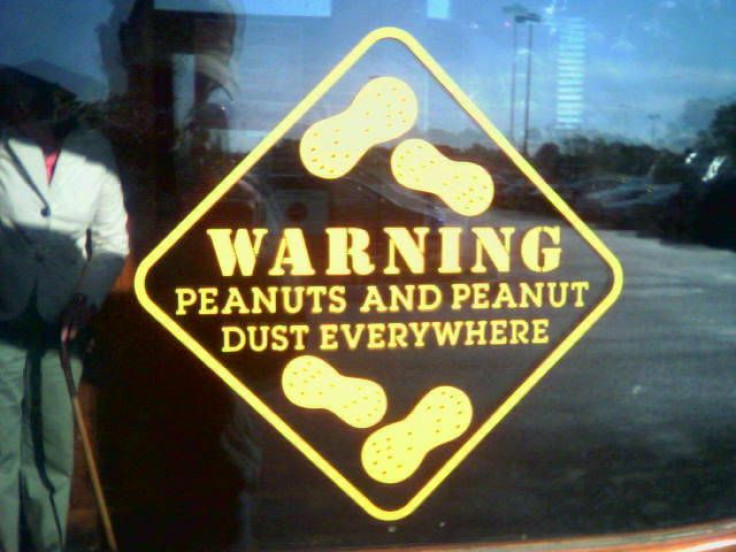Childhood Food Allergies: Annual Economic Impact Estimated At $25B In US Alone

Food allergies affect nearly eight percent of children in the U.S. In a new study published in JAMA Pediatrics that measured medical costs, out-of-pocket charges, lost work productivity, and other expenses, researchers estimated the total price tag of childhood food allergies at nearly $25 billion annually. Unfortunately, food allergies not only burden the health care system, but also impose direct and substantial costs on individual families, including expenses of special diets and allergen-free foods.
One reason the results of this study are so compelling is that the lead researcher, Ruchi Gupta, M.D., of the Ann & Robert H. Lurie Children's Hospital of Chicago, understands the matter intimately. She herself is the mother of a child with a food allergy.
Expense
Gupta and her colleagues surveyed over 1,600 caregivers of a child with a food allergy. They discovered the most common allergies to be peanut (nearly 29 percent), milk (about 22 percent), and shellfish (almost 19 percent). Based on their analysis of charges for special dietary foods, medical costs, and lost work on the part of the caregiver, the approximate expenses incurred for one child with a food allergy came to about $4,184 annually.
Overall, food allergy costs amounted to nearly $24.8 billion each year, which would include $4.3 billion in direct medical costs and $20.5 billion in costs to families.
Specifically, caregivers estimated hospitalizations alone accounted for the largest proportion of direct medical costs: $1.9 billion overall, to be precise. Yet, one other expense was nearly as high. The researchers estimated special diets and allergen-free foods as costing families a cool $1.7 billion annually.
Ranked in descending order, these other common expenses are familiar costs for families: visits to allergists ($819 million), lost labor productivity so caregivers could accompany their children to medical visits ($773 million), emergency department visits ($764 million), and pediatrician visits ($543 million).
“Given these findings, research to develop an effective food allergy treatment and cure is critically needed,” the authors concluded in their study.
Information For Parents
In a recent Chicago Tribune interview, Gupta discusses common issues surrounding food allergies, yet does so from the perspective of a scientist and a mother. When asked whether allergies are actually more common these days or if diagnosis has just gotten better, Gupta answers “both.” Apparently, diagnosis and awareness go hand in hand: “As food allergies become more common, awareness is increasing and physicians are more knowledgeable ... and diagnose them appropriately,” she stated in her interview. Current data indicates that one in 13 children is affected by food allergies.
She also addressed the "hygiene hypothesis," which suggests that being "too clean" — using anti-bacterial soaps and such — prevents our immune system from naturally encountering and combating germs and bacteria. Because of this lack of exposure to germs, our immune system does not grow and develop properly, which would normally protect against allergies. Gupta gave weight to the hygiene hypothesis without endorsing it entirely. She acknowledged that scientific research suggests breastfeeding, attending day care, having more infections, owning a pet, or growing up in a farm environment may be "protective against the development of future allergies." “I'm not advocating decreased cleanliness," she told the Chicago Tribune. "However, I think that a healthy balance must be struck between allowing children to be filthy and overprotecting them from healthy exposure to germs.”
Finally, by way of her co-author, Gupta offers a Halloween tip to parents. To provide an incentive for children to wait before eating candy while still out trick-or-treating, parents might consider offering to trade a favorite sweet for each candy containing allergenic ingredients. For older children, parents might offer a quarter each time they recognize an off-limit candy as well as a quarter each time they correctly identify the ingredient that makes it so.
Source: Gupta R, Holdford D, Bilaver L, Dyer A, Holl JL, Meltzer D. The Economic Impact of Childhood Food Allergy in the United States. JAMA Pediatrics. 2013.



























